Taken from the Africa Study Bible
A Swahili proverb says, Muvumbo wa kañonyi ye witubula
kajo ko aja, meaning, “The beak of the bird is what tells us
the things it eats.” In other words, the kind of person that you
are is shown by your words.

Psalm 77 is a typical psalm of lament. The writer is in
deep trouble and crying out to God. Like a bird’s beak, the
psalmist’s own words describe him as crying out and shouting
(Psalm 77:1), troubled (Psalm 77:2), moaning (Psalm 77:3),
searching for God (Psalm 77:2), longing for help (Psalm 77:3),
and so distressed he cannot pray or sleep (Psalm 77:4). Some
Christians think that showing these kinds of emotions is a lack
of faith, that a person of deep faith only expresses positive
emotions like joy and peace. Some people teach that the
emotional words found in this psalm show that a person is
spiritually weak and does not trust God. But the psalms of
lament teach us something different. The very fact that over
one-third of all the Psalms are laments or complaints shows
us that God is ready to hear our cry. He chose to include an
important number of these kinds of prayers in his holy Word
so we could learn how to express our distress.

Lament psalms follow a pattern with certain characteristics,
some of which can be seen in Psalm 77. Four of the main
parts are calling out to God and asking for help (Psalm 77:1-
3), expressing the lament (Psalm 77:4-10), then choosing to
remember how God acted in the past, and then praising him
on that basis (Psalm 77:11-20).
Verses 10 and 11 are the turning point of the psalm. The
writer was so discouraged that he wondered if God had turned
against him, but then he chose to start thinking about all the
wonderful things God did in the past and it changed his outlook.

God does not ask his children to pretend to be something
they are not or to be dishonest about their struggles.
He encourages us to tell the truth about our distress and
trouble, to give voice to our doubts and fears. But we should
not stop there. We must go on to remember with praise and
thanksgiving all the ways God has proved himself in the past.
Those memories and offering praise for God’s great deeds give
us hope for the future. Let our words show that we are weak
and struggling people who choose to trust in a powerful and
faithful God, even when all seems dark around us!
Read Psalm 77
I cry out to God; yes, I shout.
Oh, that God would listen to me!
When I was in deep trouble,
I searched for the Lord.
All night long I prayed, with hands lifted toward heaven,
but my soul was not comforted.
I think of God, and I moan,
overwhelmed with longing for his help.
Interlude
You don’t let me sleep.
I am too distressed even to pray!
I think of the good old days,
long since ended,
when my nights were filled with joyful songs.
I search my soul and ponder the difference now.
Has the Lord rejected me forever?
Will he never again be kind to me?
Is his unfailing love gone forever?
Have his promises permanently failed?
Has God forgotten to be gracious?
Has he slammed the door on his compassion?
Interlude
And I said, “This is my fate;
the Most High has turned his hand against me.”
But then I recall all you have done, O Lord;
I remember your wonderful deeds of long ago.
They are constantly in my thoughts.
I cannot stop thinking about your mighty works.
O God, your ways are holy.
Is there any god as mighty as you?
You are the God of great wonders!
You demonstrate your awesome power among the nations.
By your strong arm, you redeemed your people,
the descendants of Jacob and Joseph.
Interlude
When the Red Sea* saw you, O God,
its waters looked and trembled!
The sea quaked to its very depths.
The clouds poured down rain;
the thunder rumbled in the sky.
Your arrows of lightning flashed.
Your thunder roared from the whirlwind;
the lightning lit up the world!
The earth trembled and shook.
Your road led through the sea,
your pathway through the mighty waters—
a pathway no one knew was there!
You led your people along that road like a flock of sheep,
with Moses and Aaron as their shepherds.





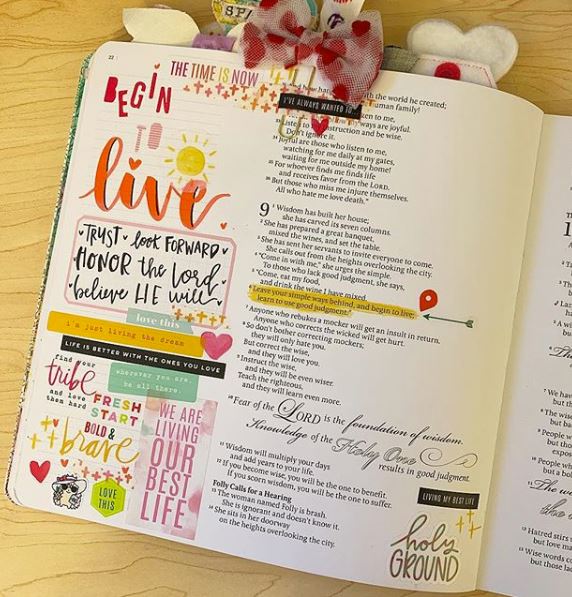
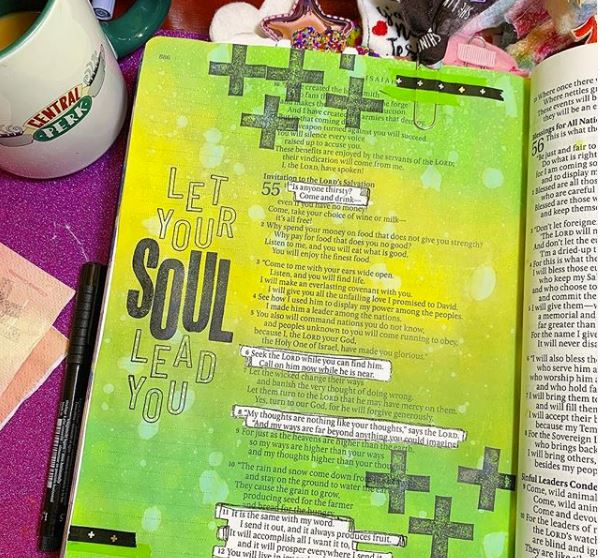

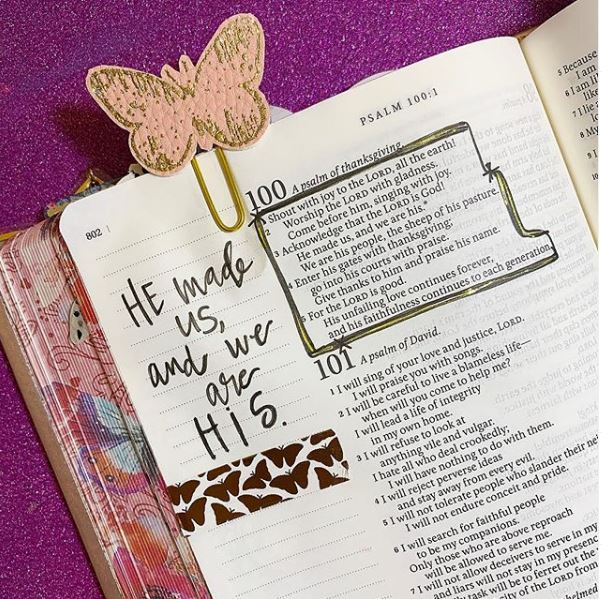




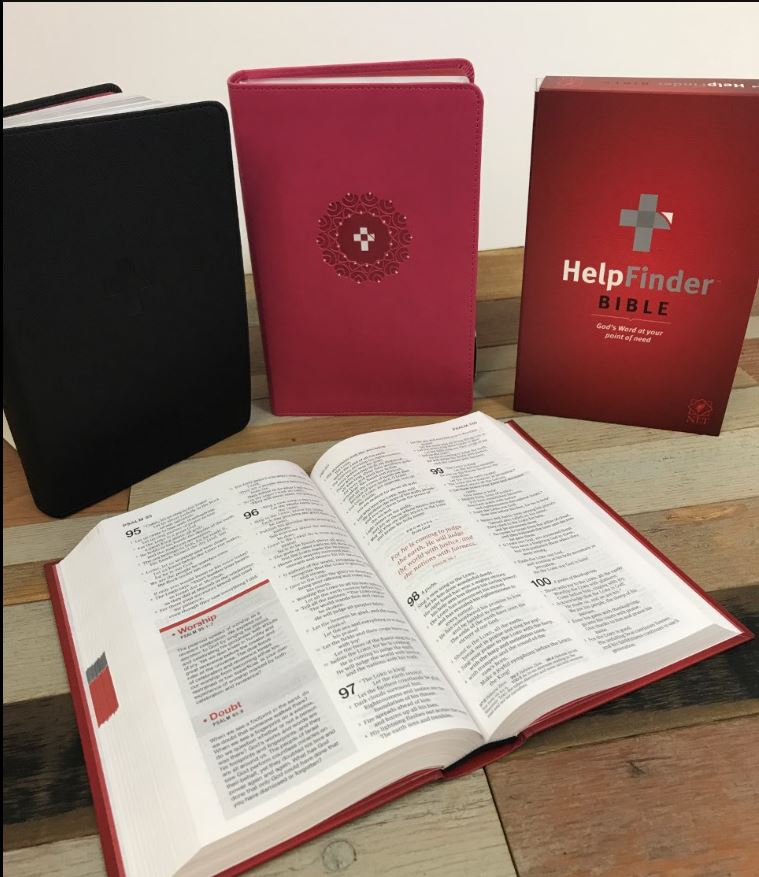

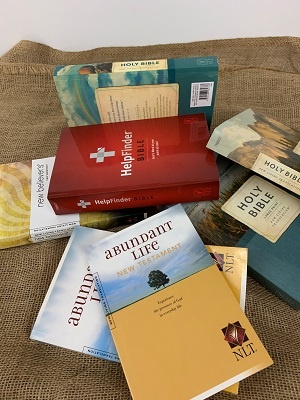





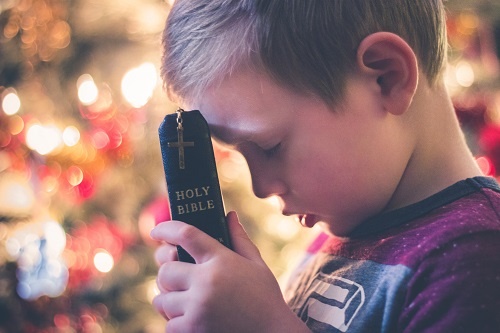

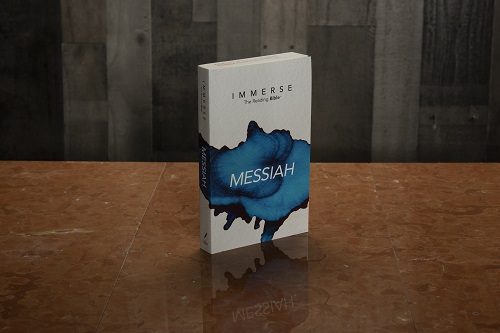

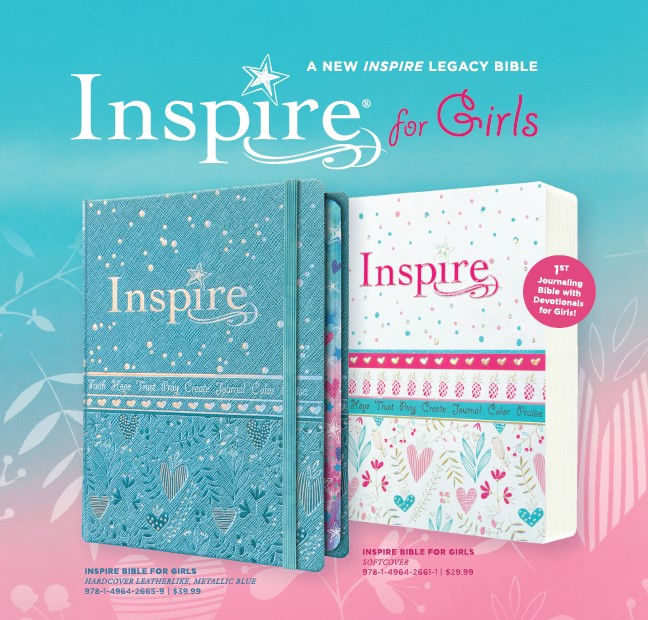






Recent Comments